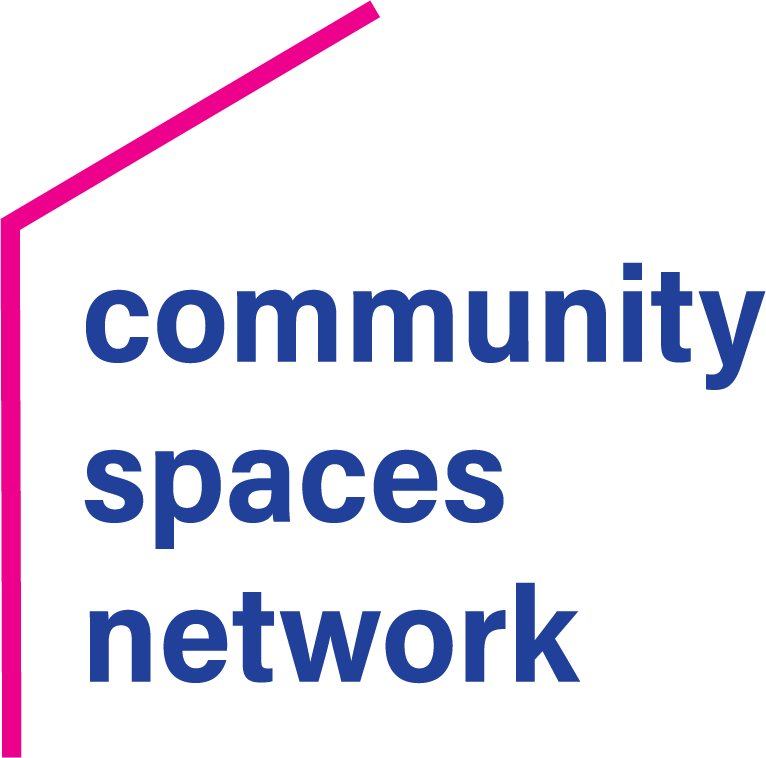NCN recently hosted our summer Regional Chapter Roundtables across the US and Canada. Every time I attend these Roundtables, I’m reminded of the impact our members have across North America, including the incredible teams and tenants they serve and the solidarity and support they show their fellow NCN members by sharing ideas. In the spirit of sharing, below are a few of the great ideas we heard:
5 tips from NCN Regional Chapter Roundtables:
1. Explore the Red Cross Ready Rating Program for emergency preparedness
One center shared this program as a great tool to create policies and plans for disasters and emergency response.
2. Use graphics to make your impact easily understandable to your stakeholders
Using graphics like Theories of Change or Logic Models help quickly demonstrate impact to boards, funders, or even potential tenants. Check out examples in the Resource Center here.
3. Get connected with Canadian resources for ensuring physical accessibility of your space
One center shared these great resources from the Rick Hansen Foundation for buildings without barriers and accessibility ratings.
4. Crafting the story about your center’s impact begins even before tenants move in
If you’re a center in development, ask future tenants about their rent, the quality of their space, the quantity and quality of their collaborations in the community, staff recruitment/retention, and other “before” metrics you may eventually want to compare to your “after” statistics once the center is open. For more ideas about how centers measure impact, review our State of the Sector report.
5. We’re not designed to jump right into collaboration
Before collaboration, tenants must first build familiarity and trust. Creating opportunities for casual and serendipitous connections between tenants is key to establishing a foundation for future deeper collaboration.

